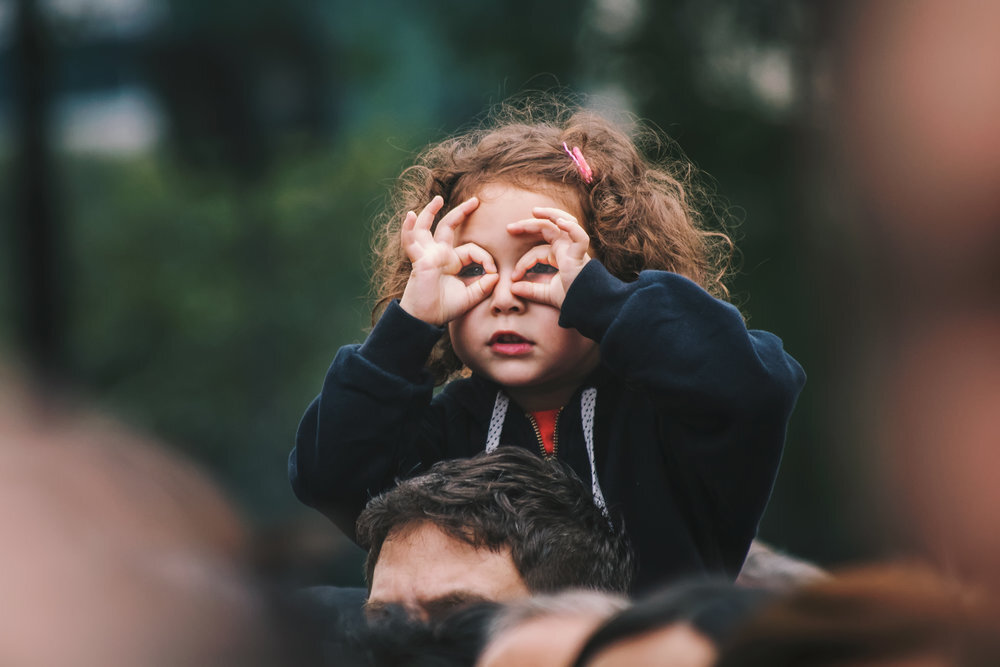Do You See This?
Why in the world does the author of Luke include this story of Jesus’ presentation in the temple? Why do we need to hear yet another affirmation of who this baby is and what his future brings? Weren’t the angels and the magi enough?
Yes, and. The angels and the magi are extra-ordinary. Outliers in the story of a very human family welcoming a very human baby into their lives. The temple, the ritual, the practices of faith are ordinary. Mary and Joseph would have made this trip to temple no matter what. Rituals bring their own feeling of fulfillment.
Simeon and Anna are ordinary people who see something extraordinary in this baby. They see something that Mary and Joseph are continuously amazed by, as they grow in knowledge of who their child is and what he is there to do.
Mary and Joseph are just getting started. Simeon and Anna have practiced. They have faithfully participated by their prayers and with their presence. Isn’t this what helps them see? Isn’t this what helps us? Faithful practices help us open the eyes of our heart to see God’s presence in our midst.
Maybe, my preaching friend, you too associate Simeon’s song, the Nunc Dimittis, with the daily office of Compline. A liturgical lullaby I fondly remember from seminary days. When rituals and practices comprised the rhythm of my life for three glorious years (rose-colored glasses? Ok, maybe a little).
Back then the rhythm of rituals set our community apart more so than our cloistered city campus. It was what we did alone and did together. As we formed community within community through prayer.
Of course, in and of themselves religious rituals don’t make a person any more devout or holy. We know to beware ritualized piety. Chapel had that too, all chapels do. Another reason seminary chapel was set apart was because it was a nexus of anxiety! There were internal and external critics always waiting to point and scold when something was done wrong.
How we practice matters. We can use rituals to keep our blinders on. To believe that the ritual in and of itself is the purpose. Instead of the truth that the ritual is a pointer, a bridge, a way to make space. My faith practices aren’t meant to heighten God’s awareness of my goodness; they are meant to heighten my ability to see and be aware of God.
Rituals slow us down. We practice noticing, we practice seeing. We practice being together and we practice solitude and silence. So that when God’s goodness presents itself to us, we can see it, name it.
That’s what Simeon and Anna do. They see the extraordinary light of God in an ordinary baby. Maybe no one else even noticed this family. Without the angels or the magi on the sidelines, what was there to see?
When I sing “This Little Light of Mine” with preschool kids in chapel, I see the light of Christ around me.
When I light a candle in prayer at a Blue Christmas service with a recent widow, I see the light of Christ around me.
Even when I go through the rote recitation of the Nicene Creed on a Sunday, I feel the light of Christ around me. I sense that I am joining my voice, not with angels and archangels, but with a choir of ordinary people around the world proclaiming their faith.
We need our practices of faith. We need our rituals. We need to show up and say our prayers. We need more people to point to the light of Christ that is all around us, all the time. We need to find our inner Simeon and Anna and sing our songs of praise, grateful for what God has led us to see.


